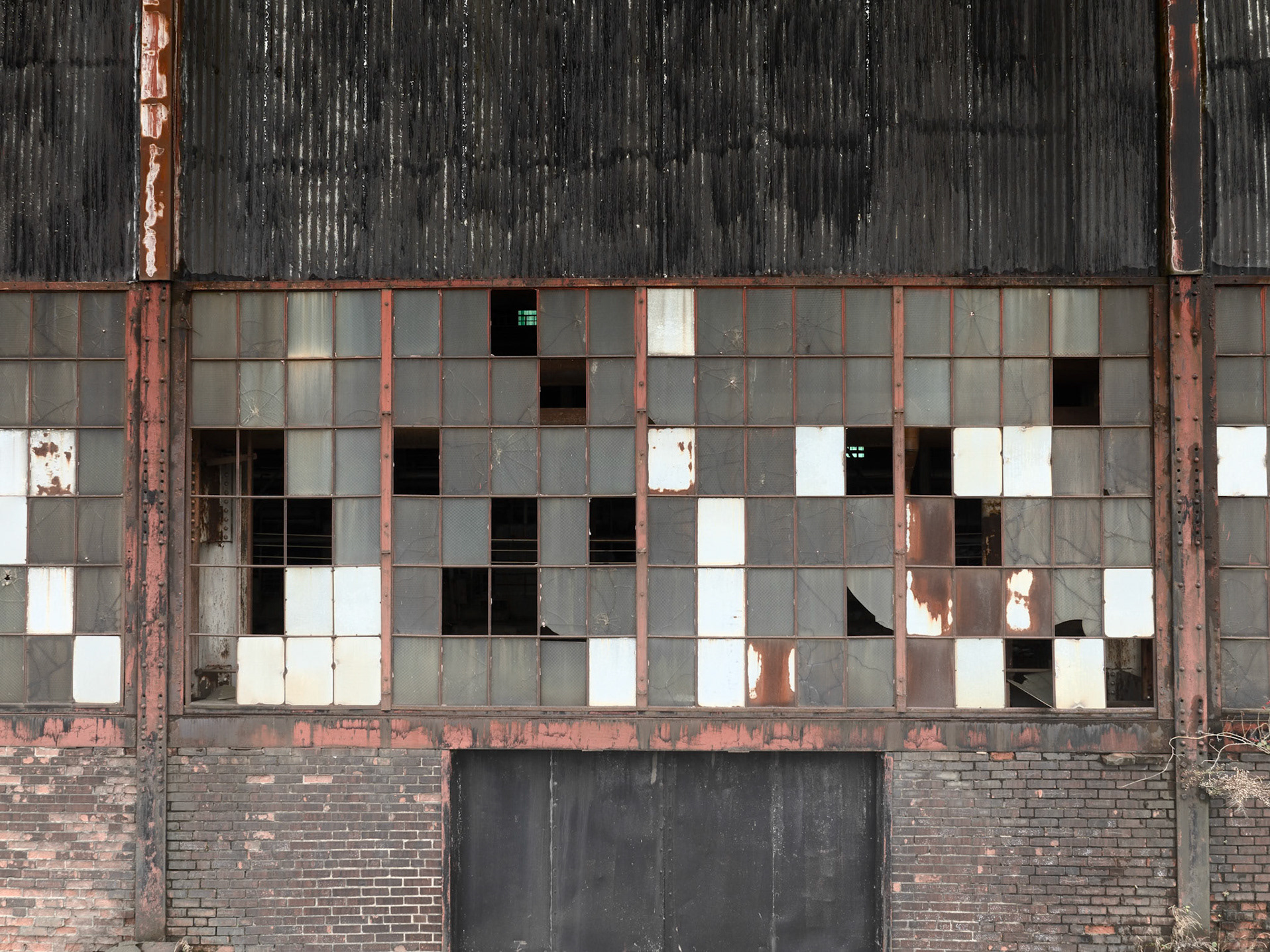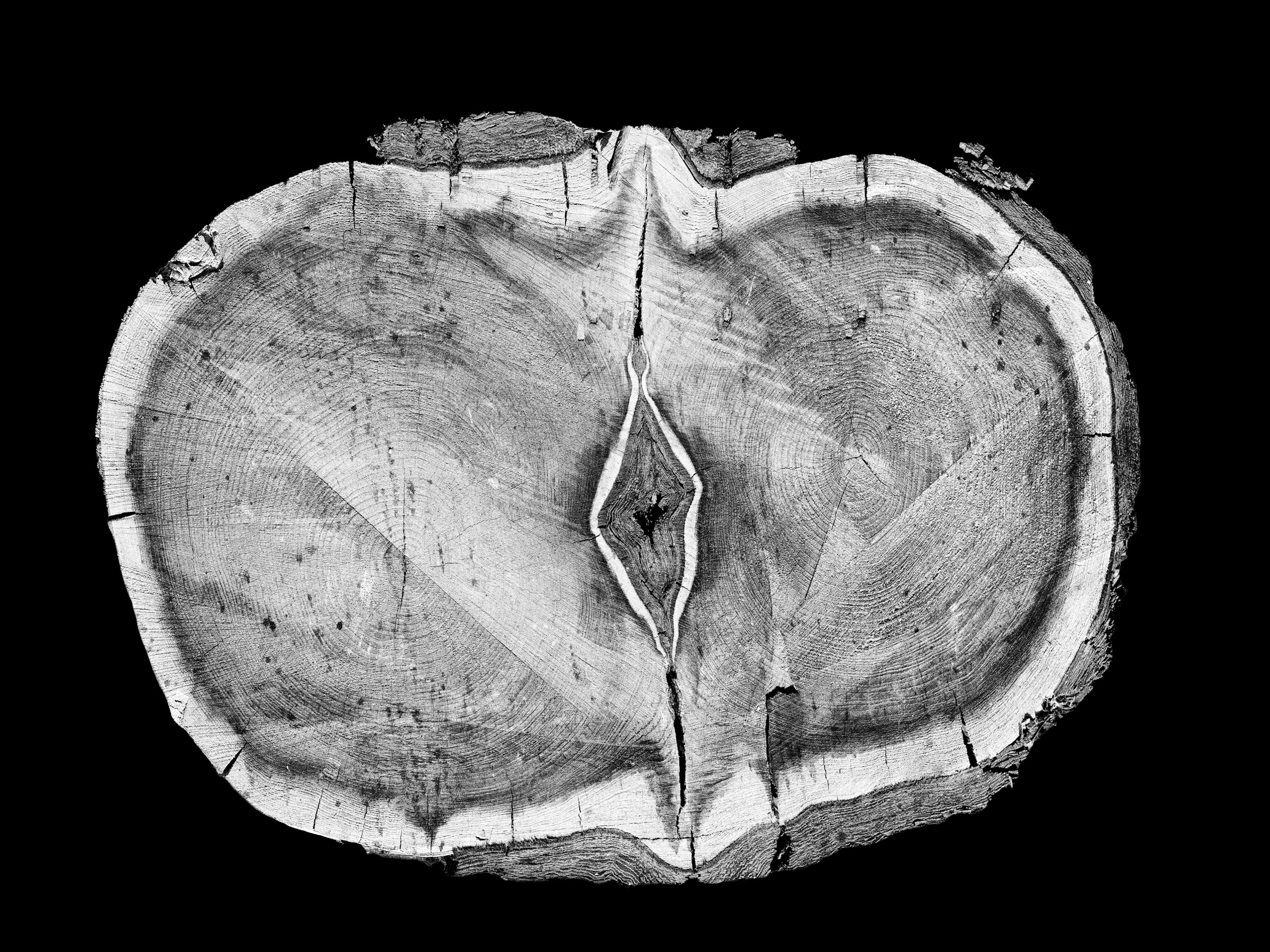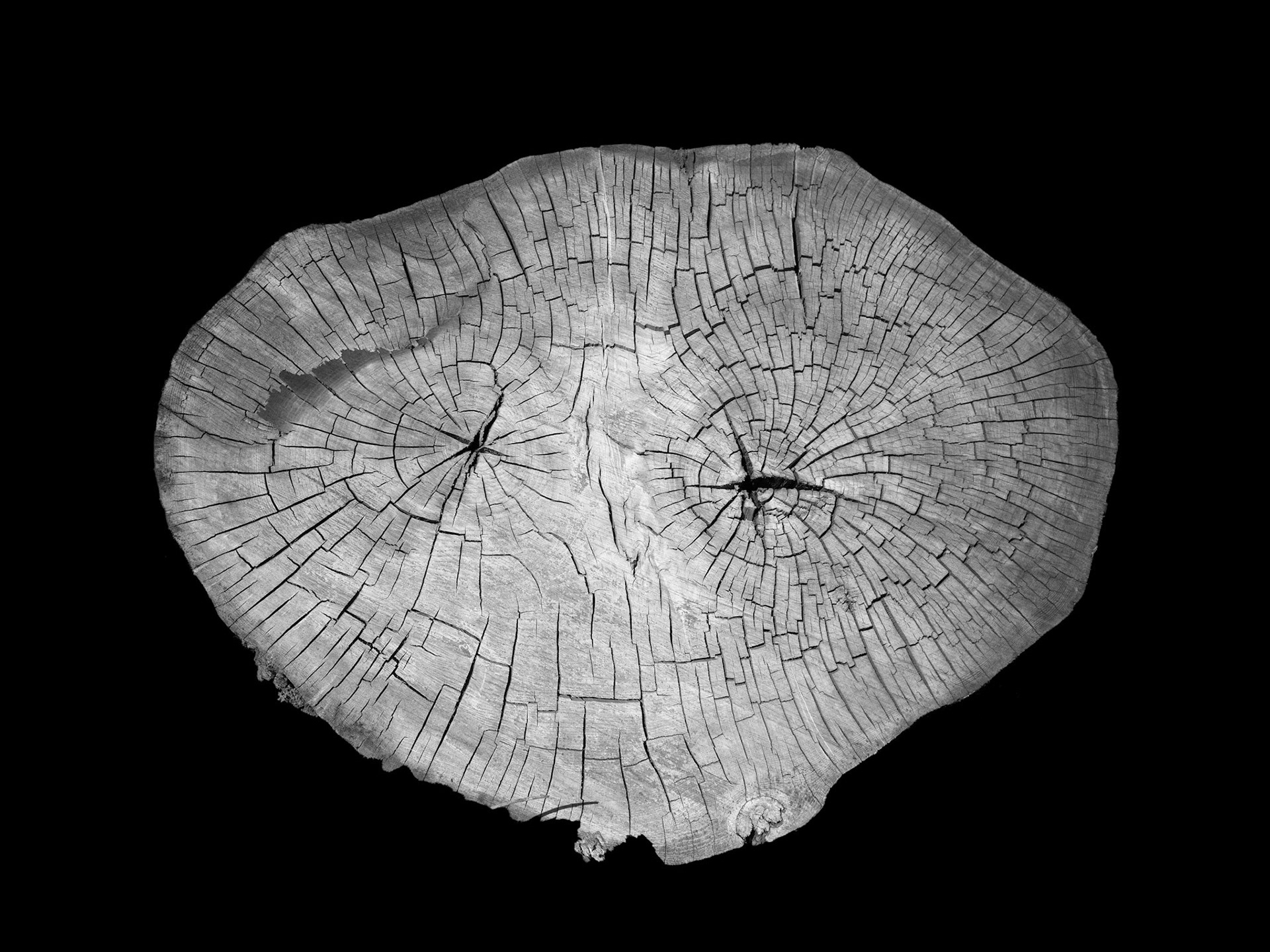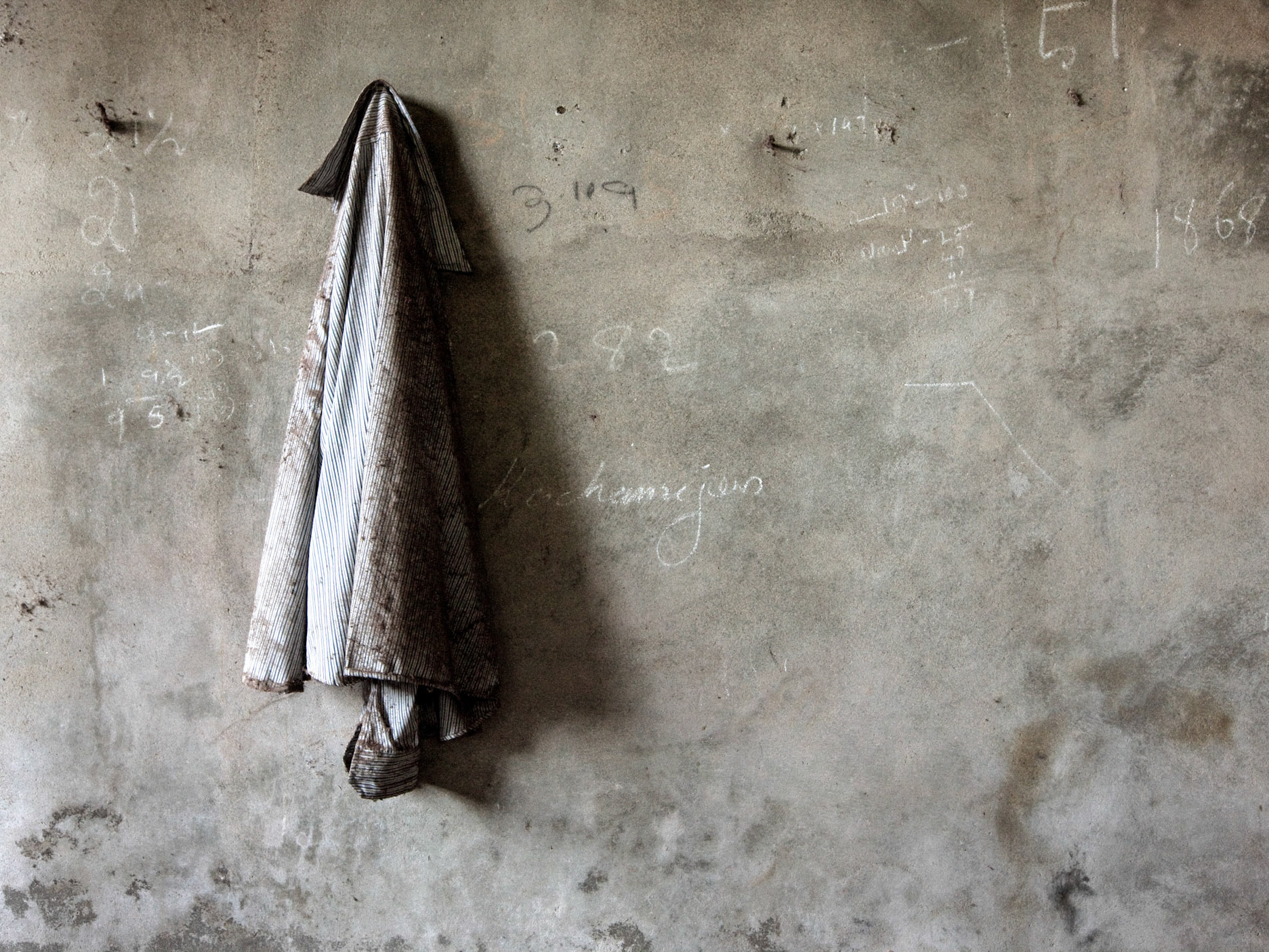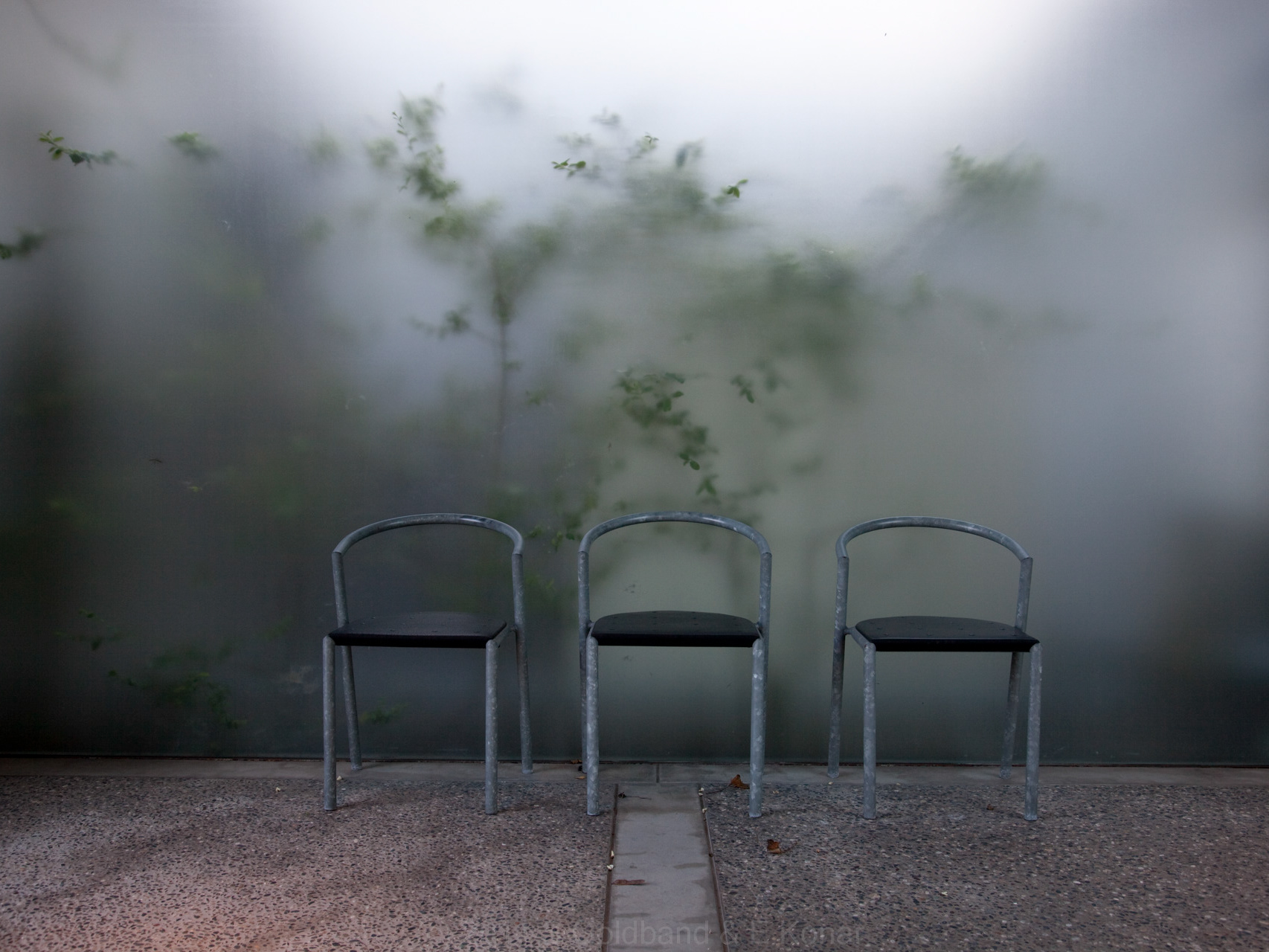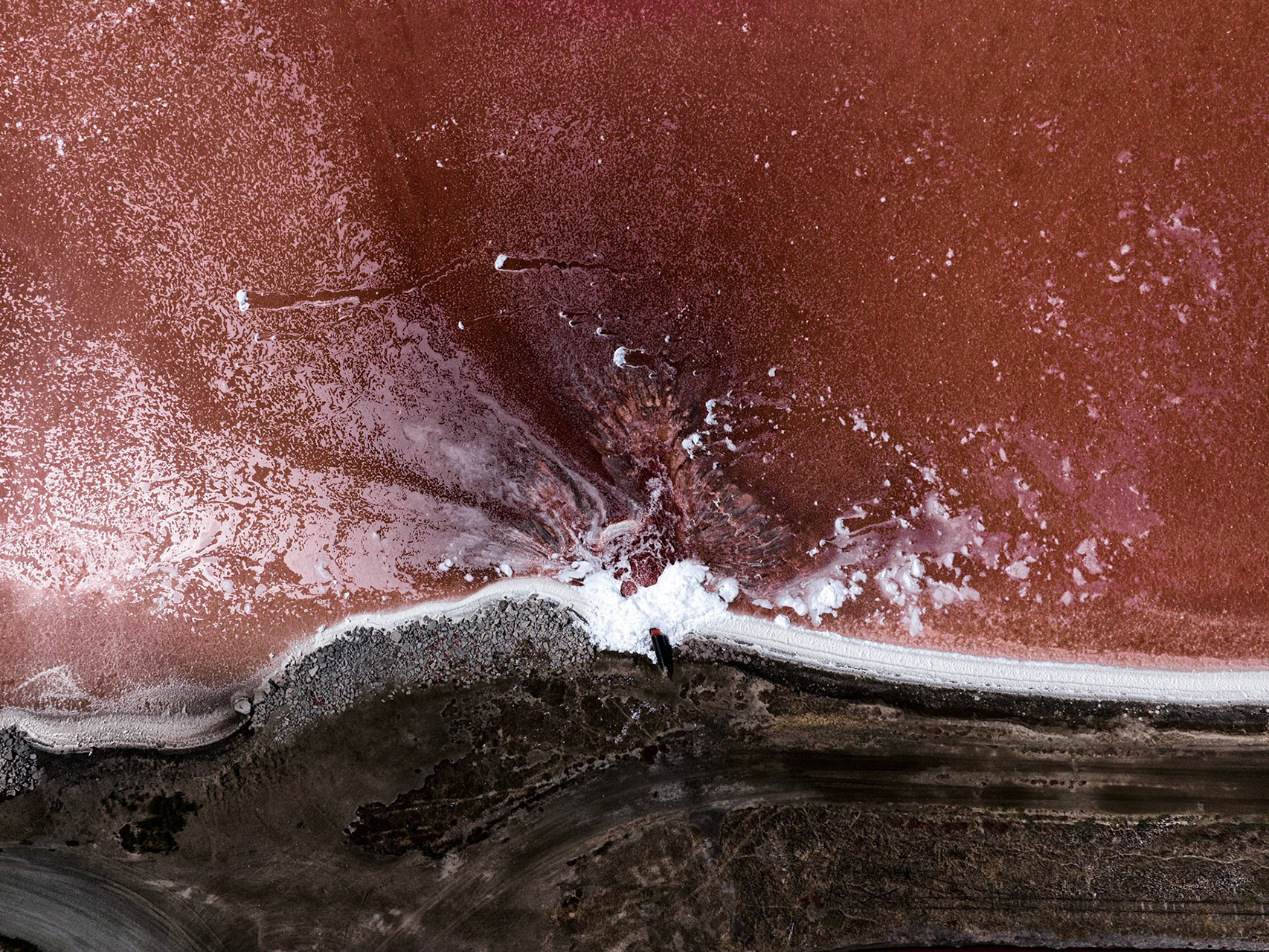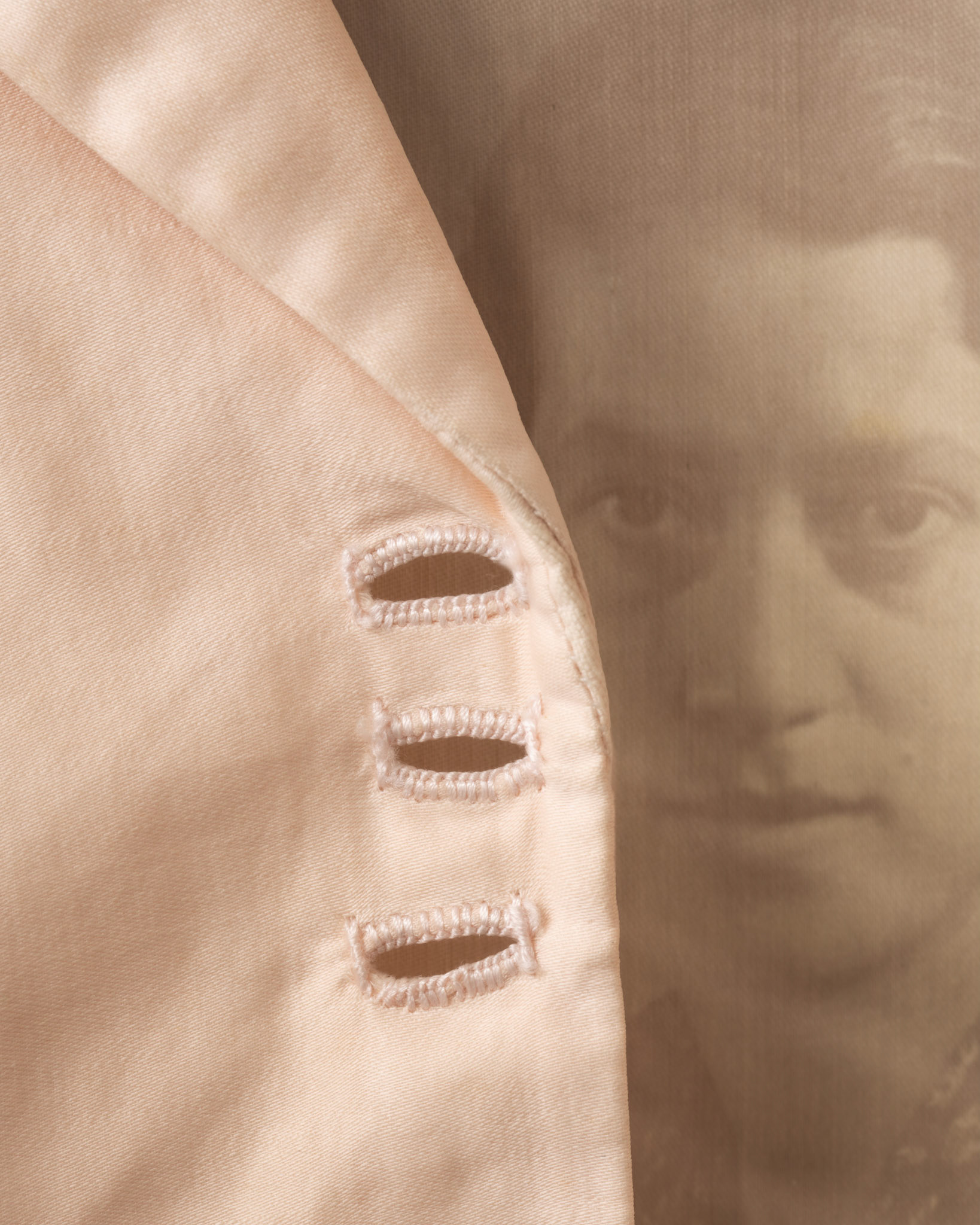
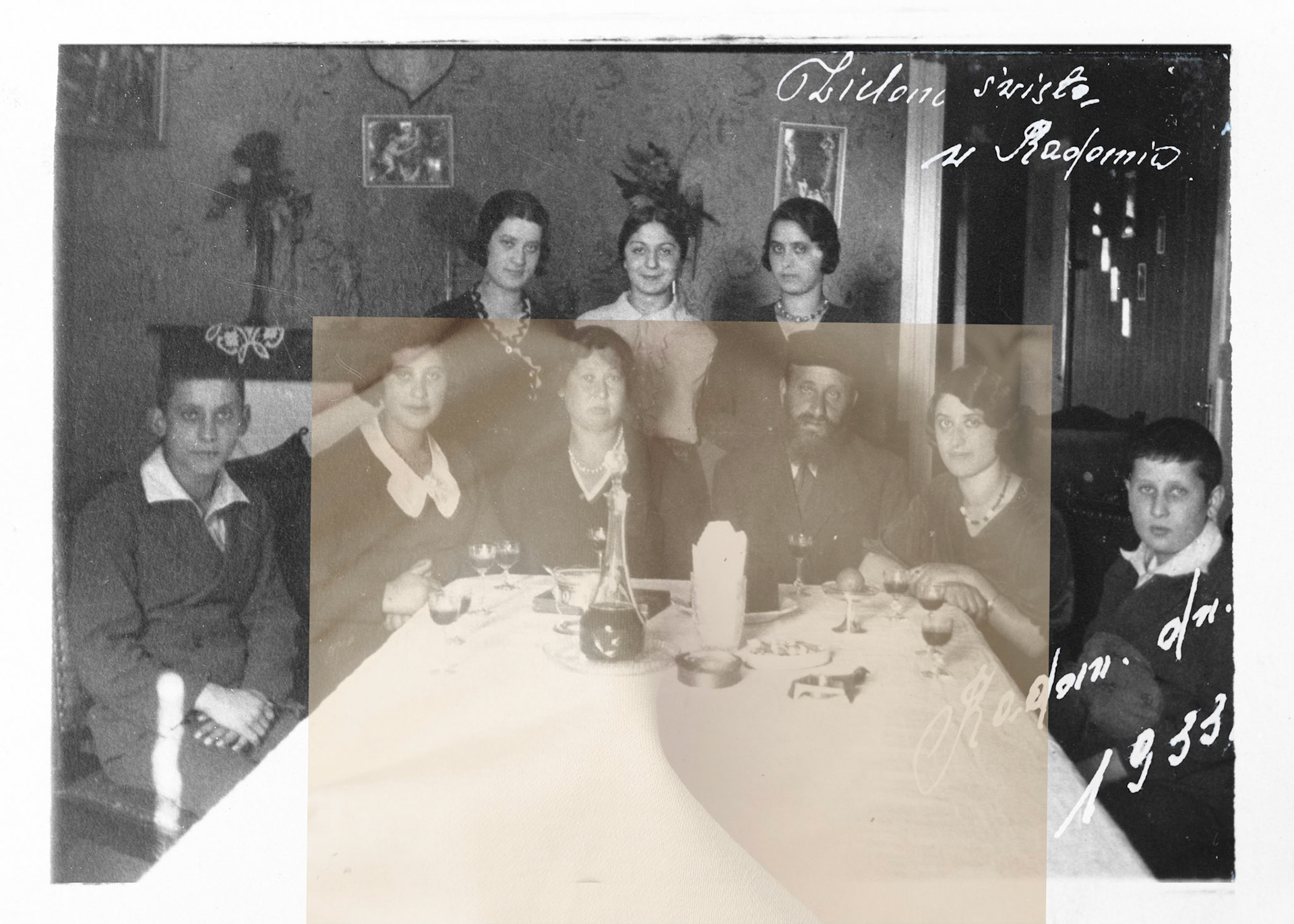
Radom 1933
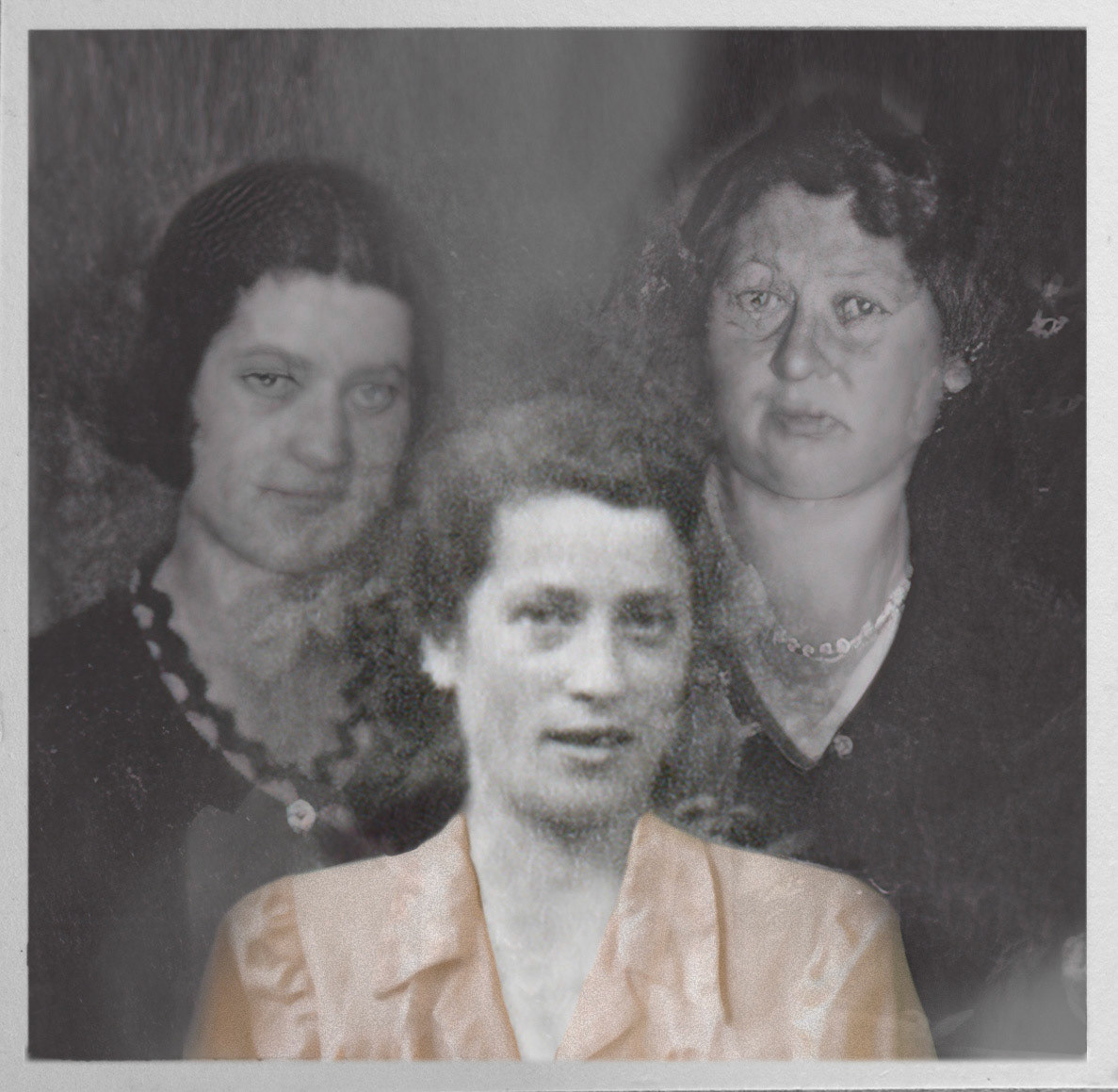
Ida with Faige

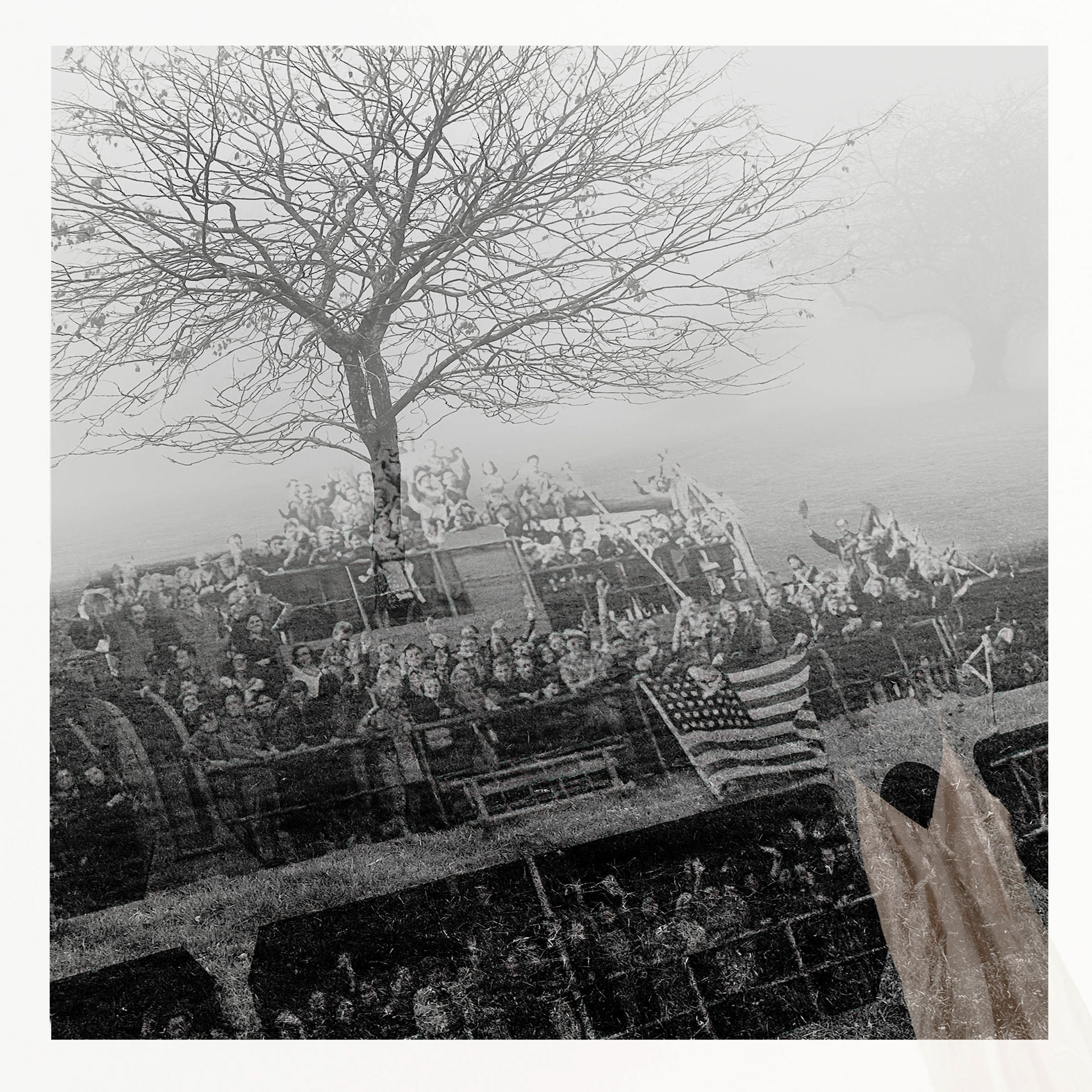
Immigrants
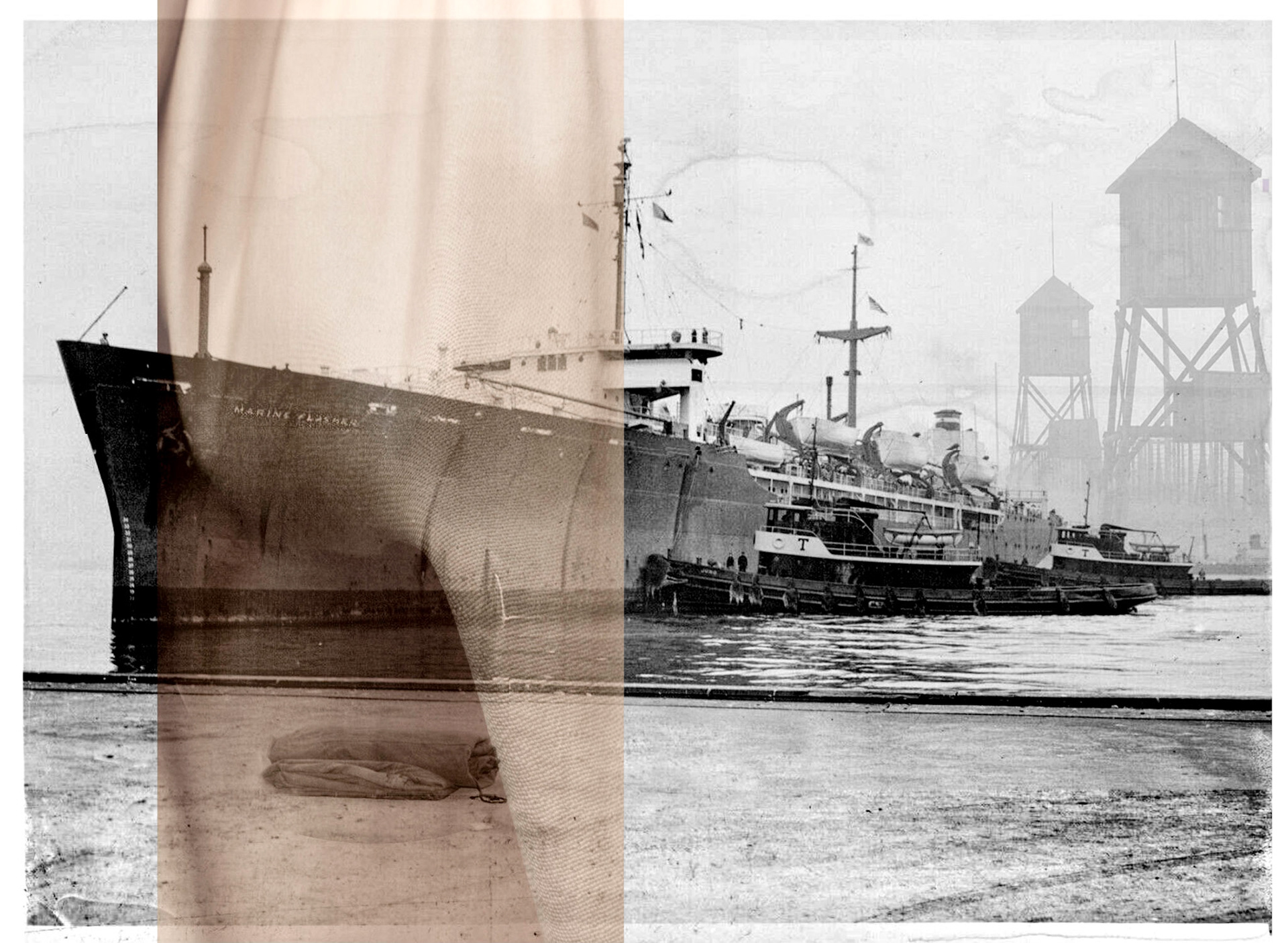
Marine Flasher
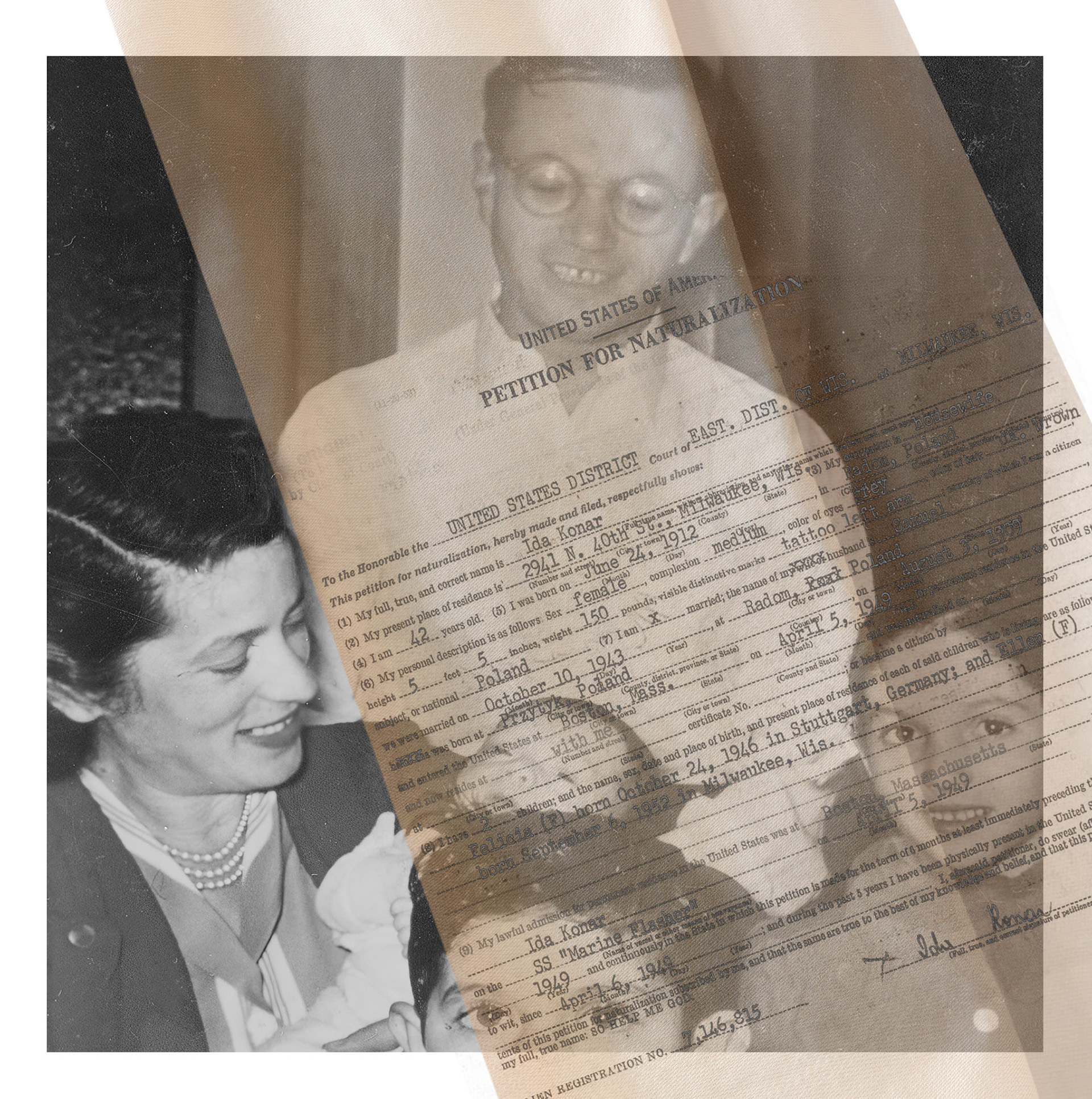
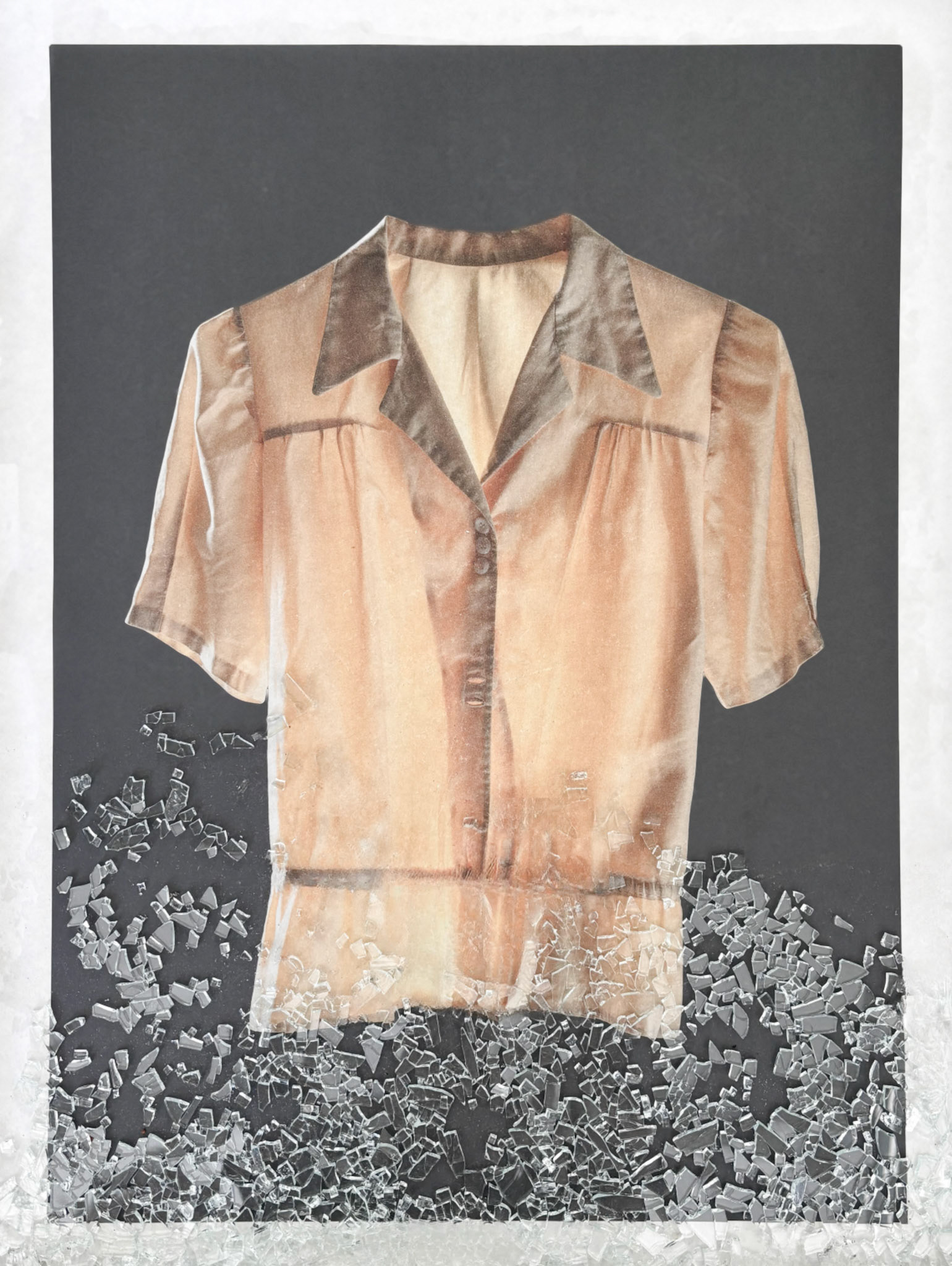


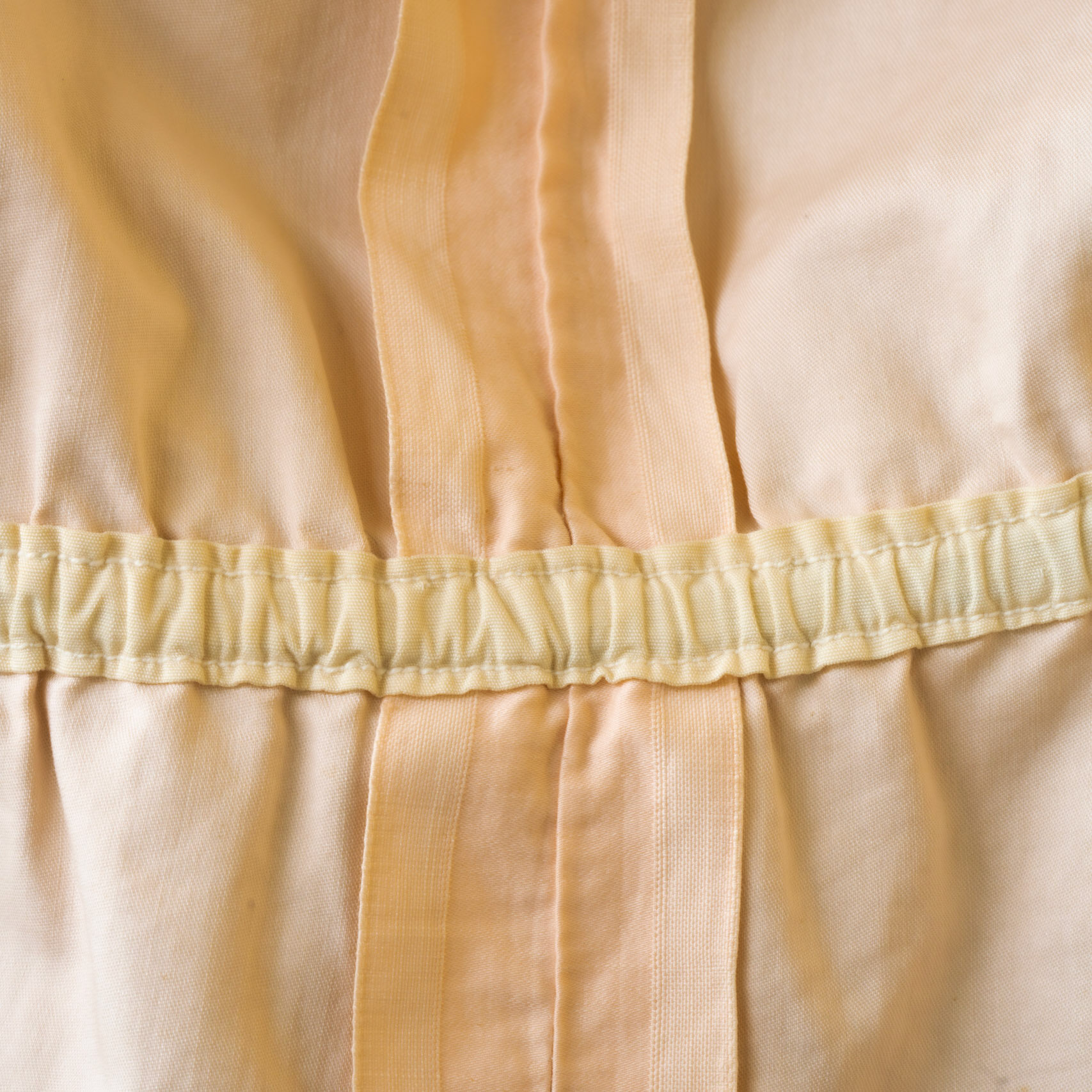
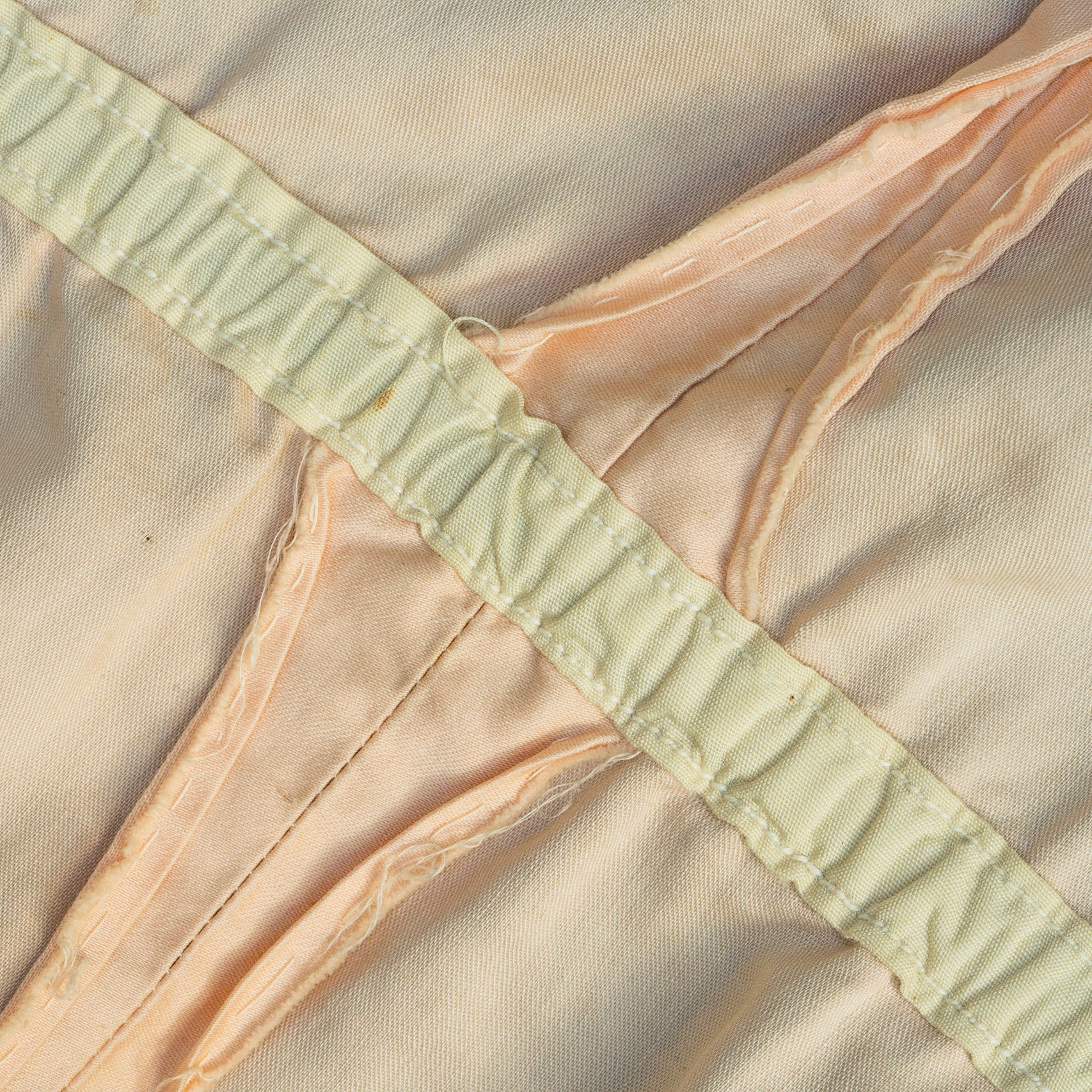
In late March of 1941, the more than 30,000 Jews of Radom (a city of 70,000) were required to register for an ID card, providing their address, occupation, relatives etc., The red dots on the map below represent the 1,200 some addresses from the ID applications added to the historic map by Luke Rothman in recent years. This information then enabled the enforcement of the subsequent Nazi decree: all Jews living in Radom had nine days to vacate their homes and move to one of two geschlossenen jüdischen Wohnbezirken (“closed Jewish residential districts,” commonly referred to as ghettos). Each of the families outside the boundaries of the ghetto, relocated to the ghetto indicated by the red outlines with only the belongings they could carry. Of course given the restrictions and extreme overcrowding, food and medicine quickly become scarce, and disease raged. We've applied the map atop an image of my mother -- envisioning that it was this landscape which likely framed what she experienced of the world, not just during her time in the ghetto, but likely well beyond.
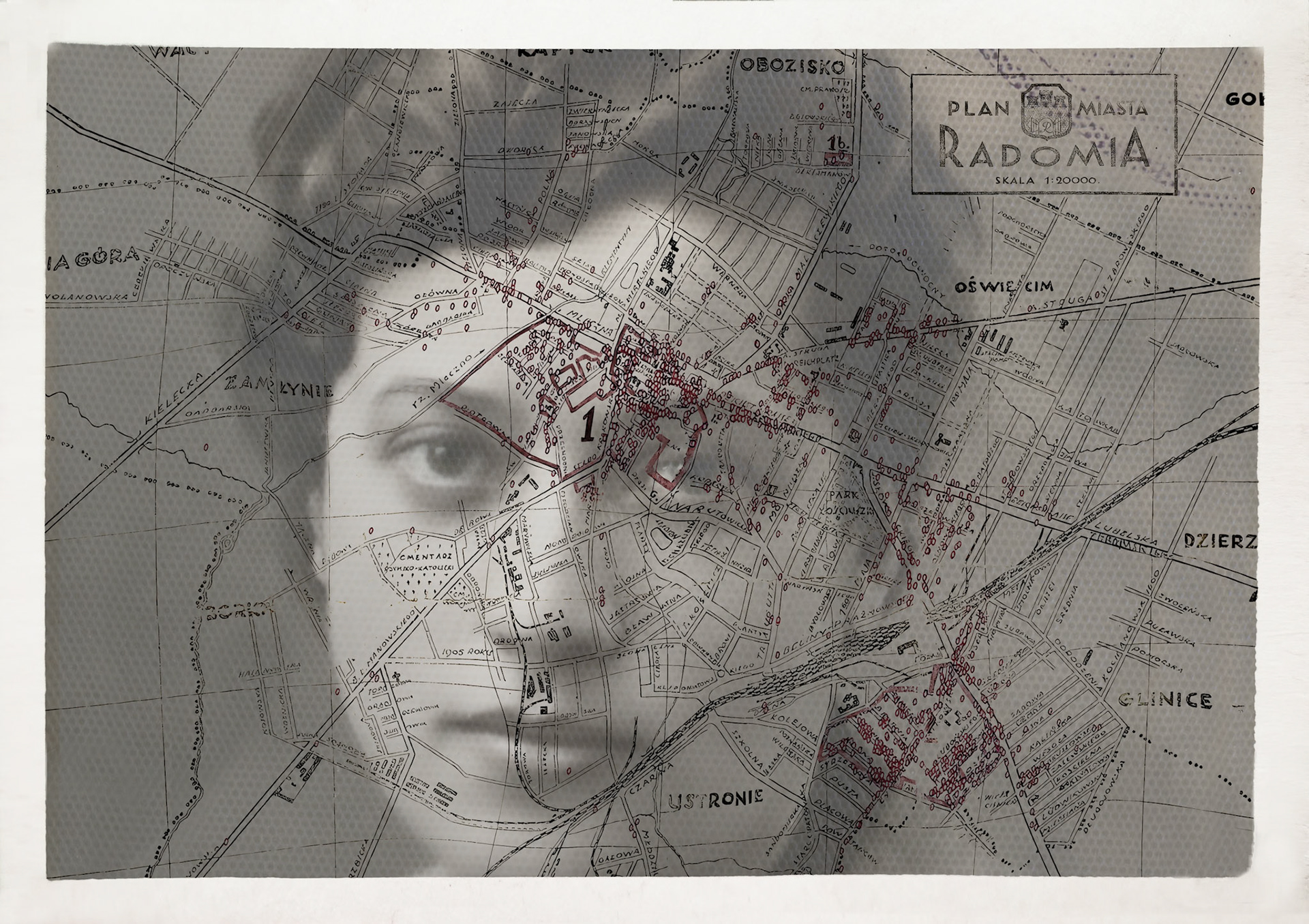
Below are the applications for IDs of some of my relatives who were rounded up and put into forced labor until the ghettos were liquidated, when the population was killed or sent to extermination camps for more forced labor and/or crematoria. Many of these faces I saw for the very first time this past year as I dug through the JRI-Poland archives that have surfaced these documents. Of Radom's 30,000 Jews, it is estimated that a few hundred survived, among these my father and mother.
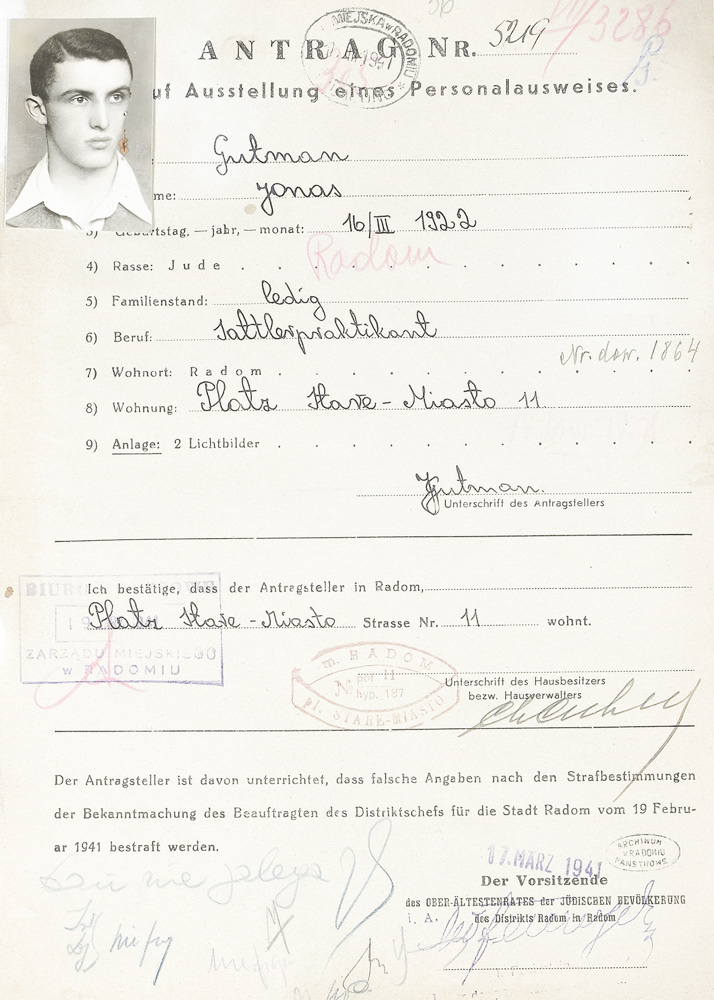
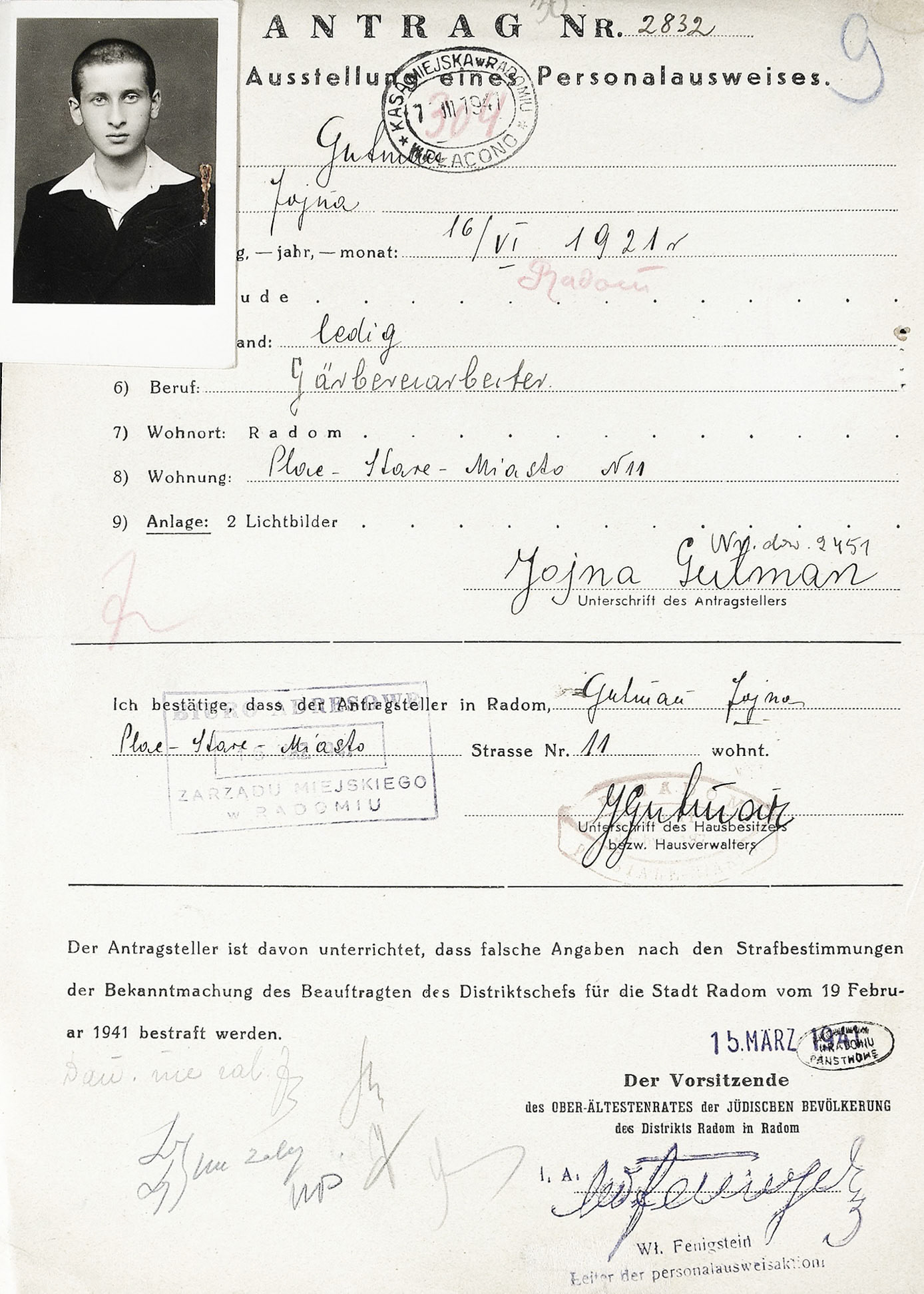
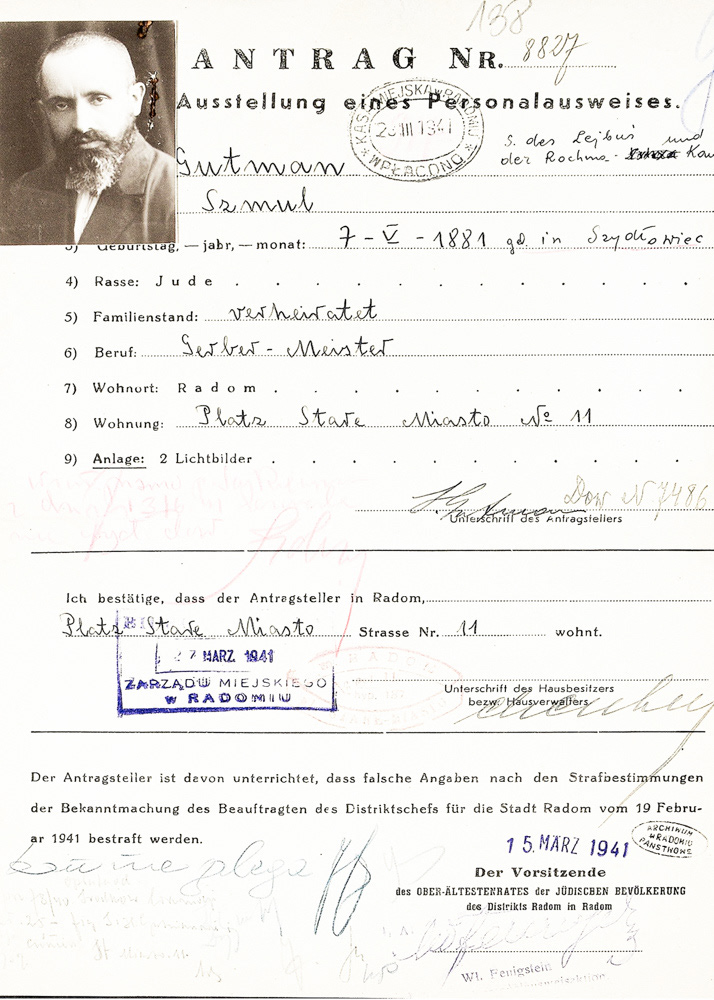
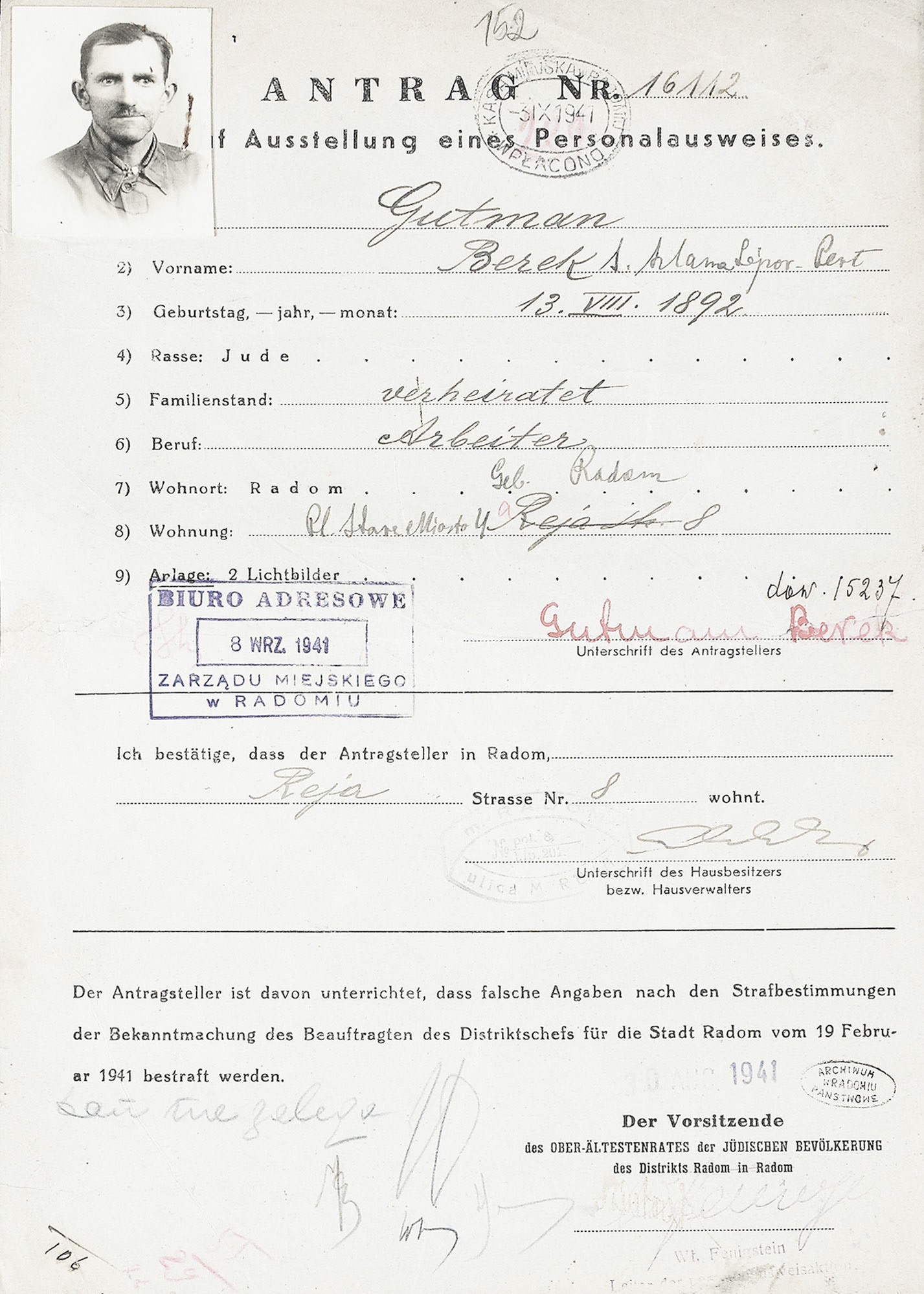
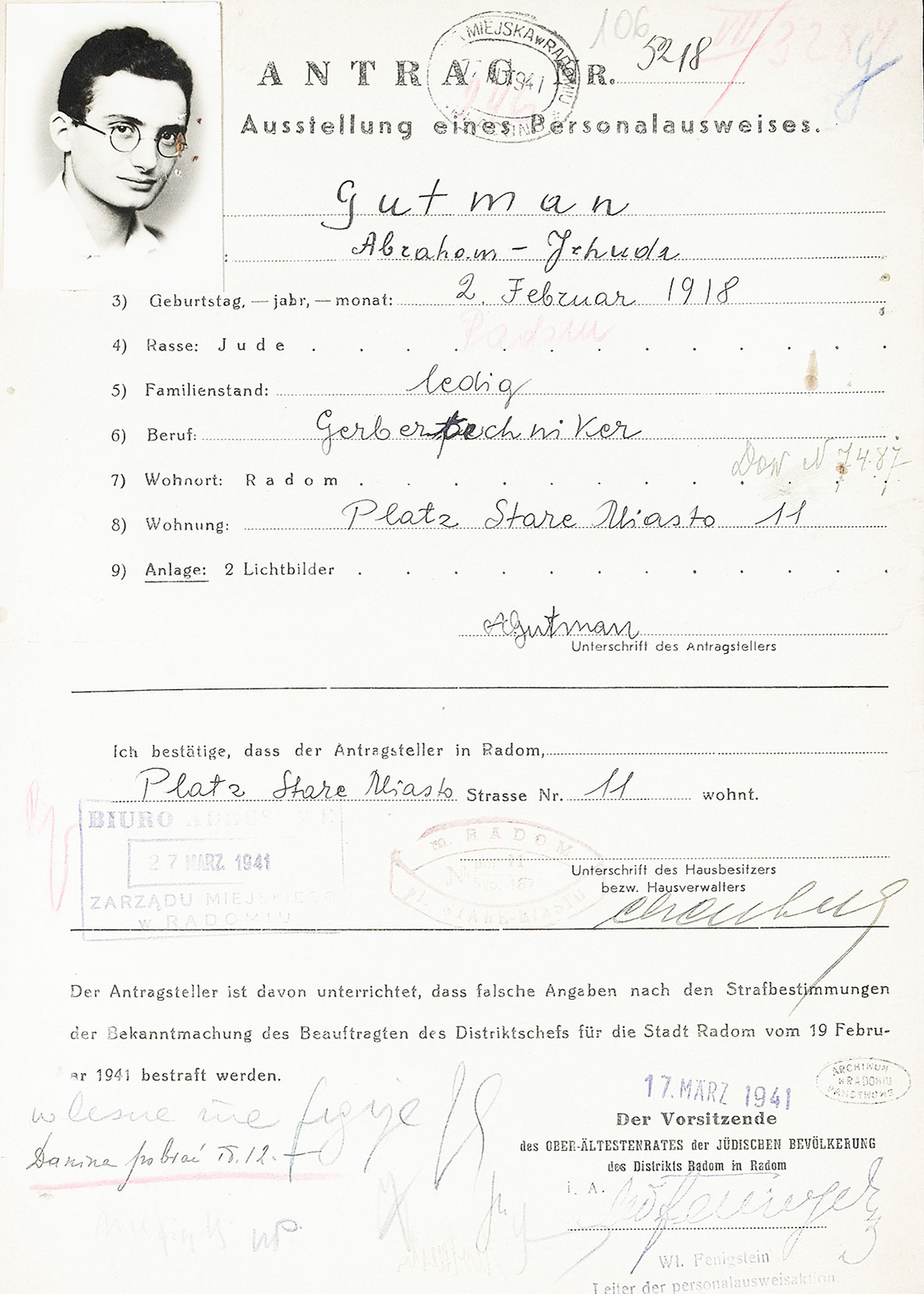

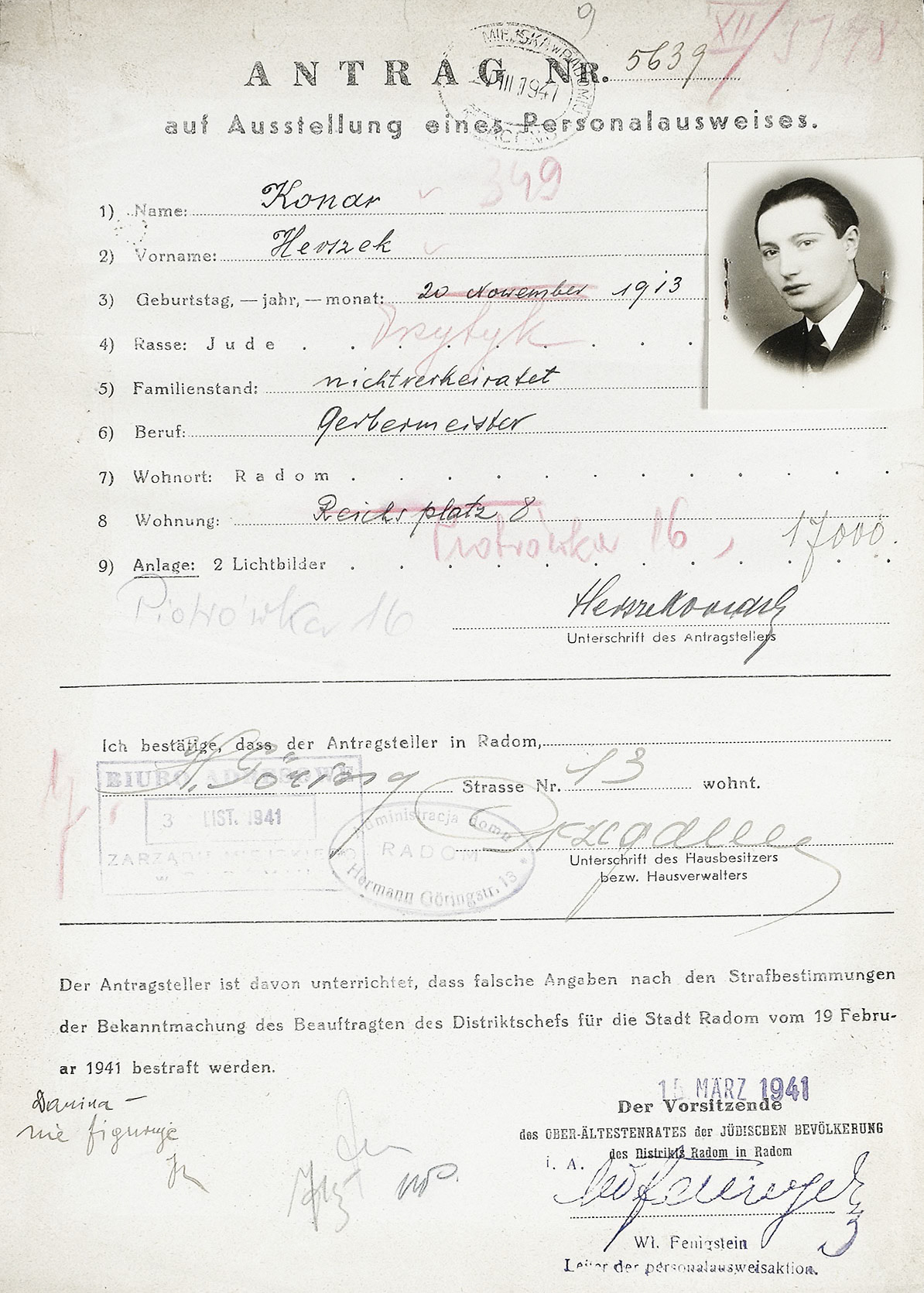
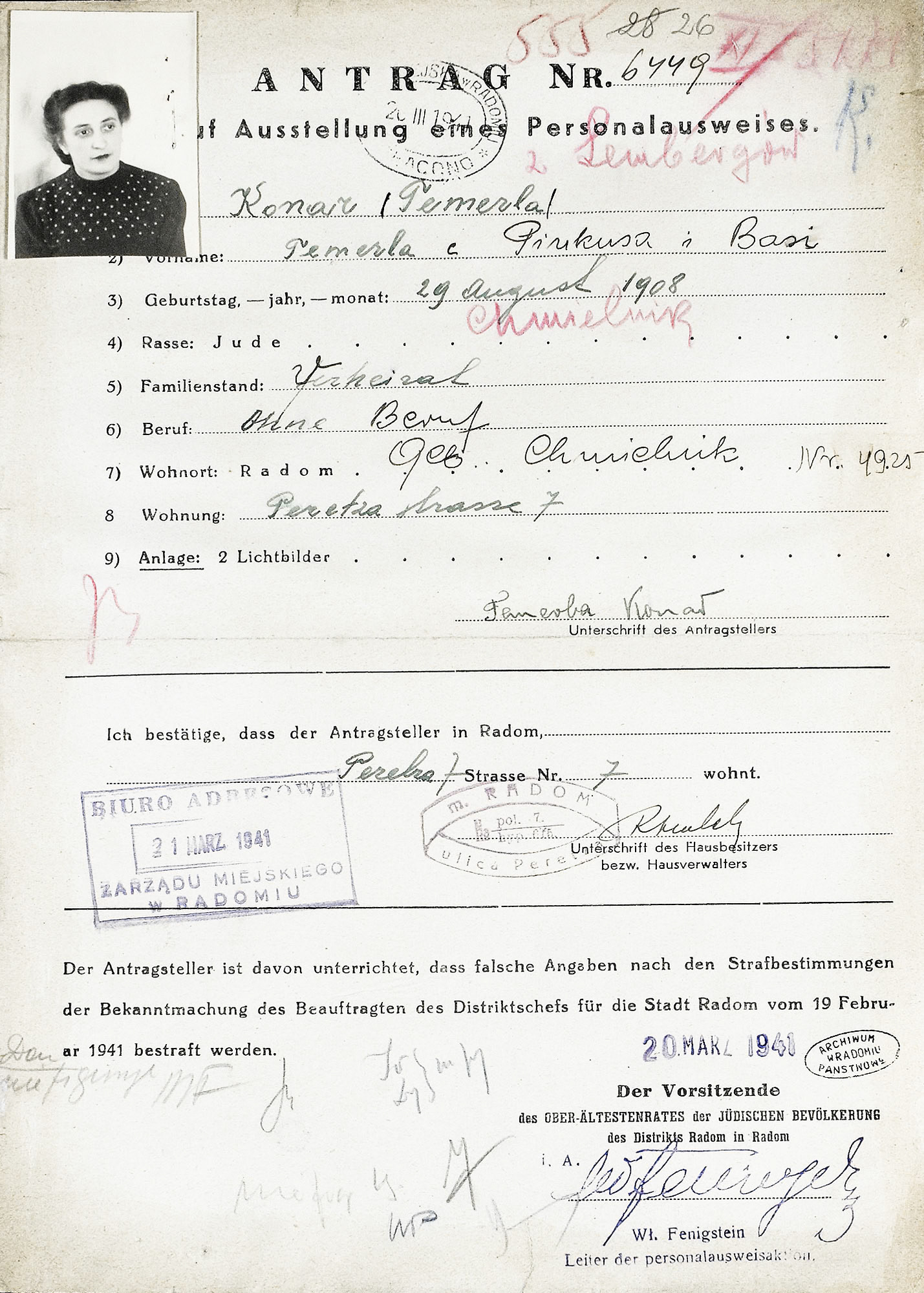
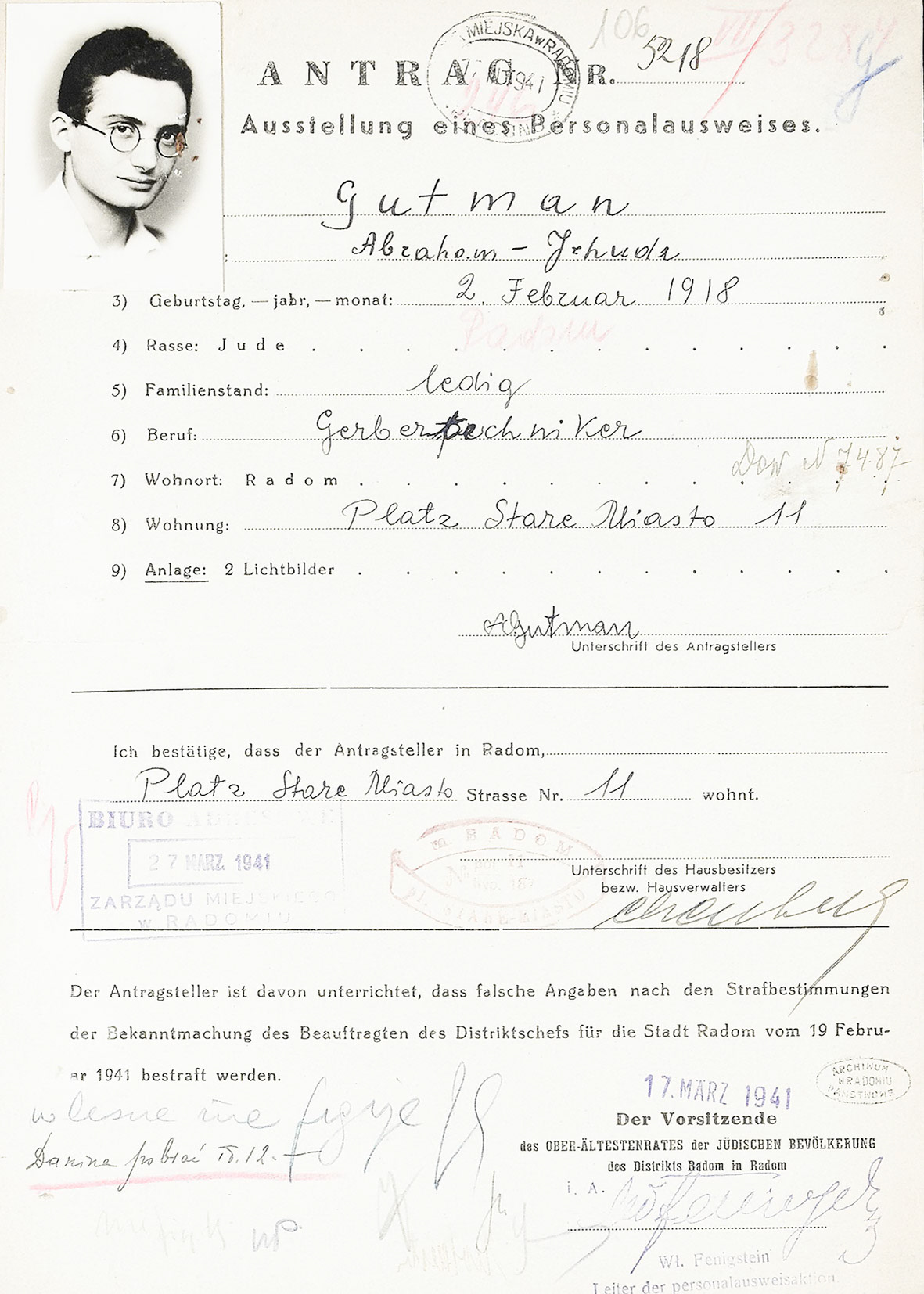
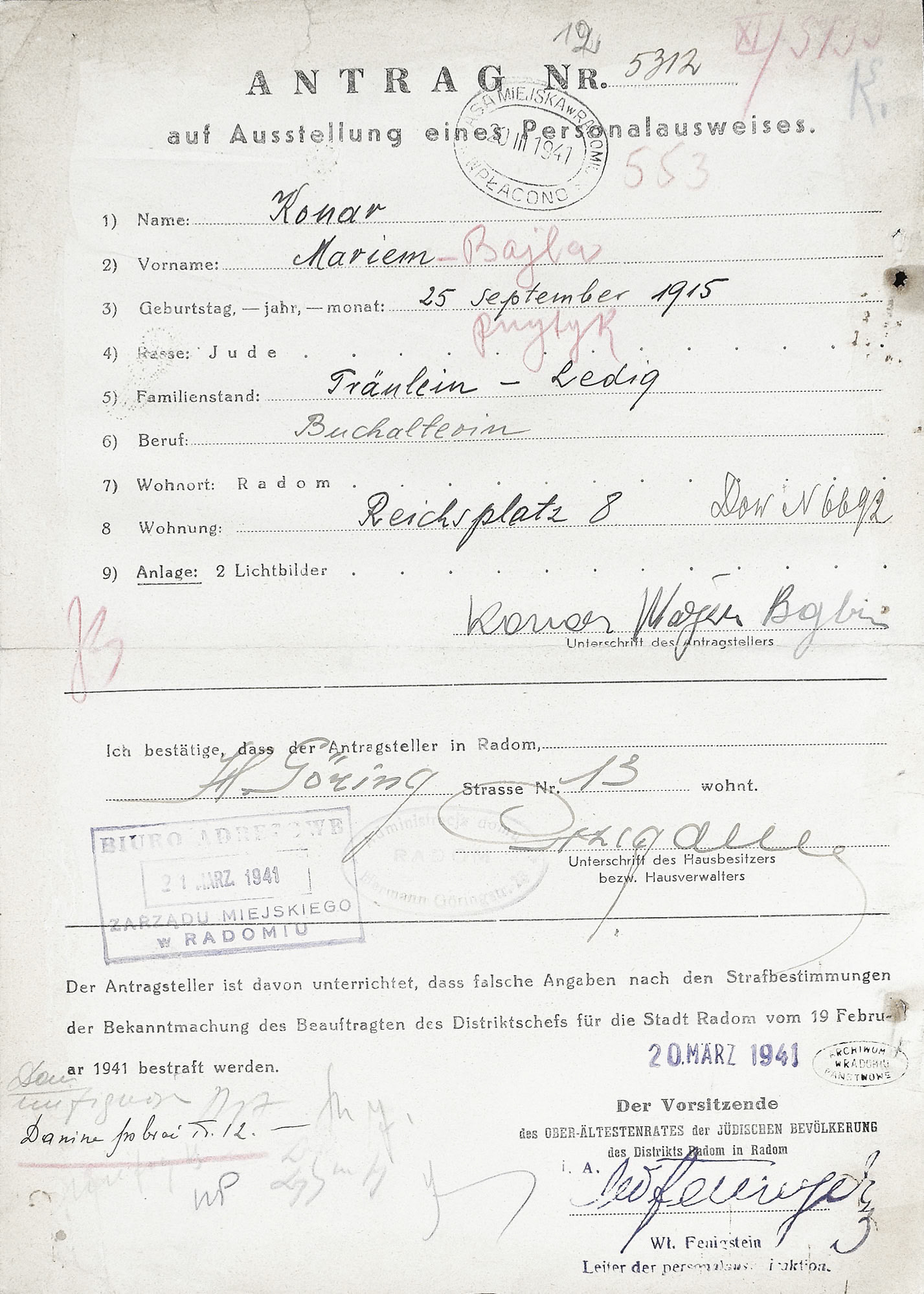
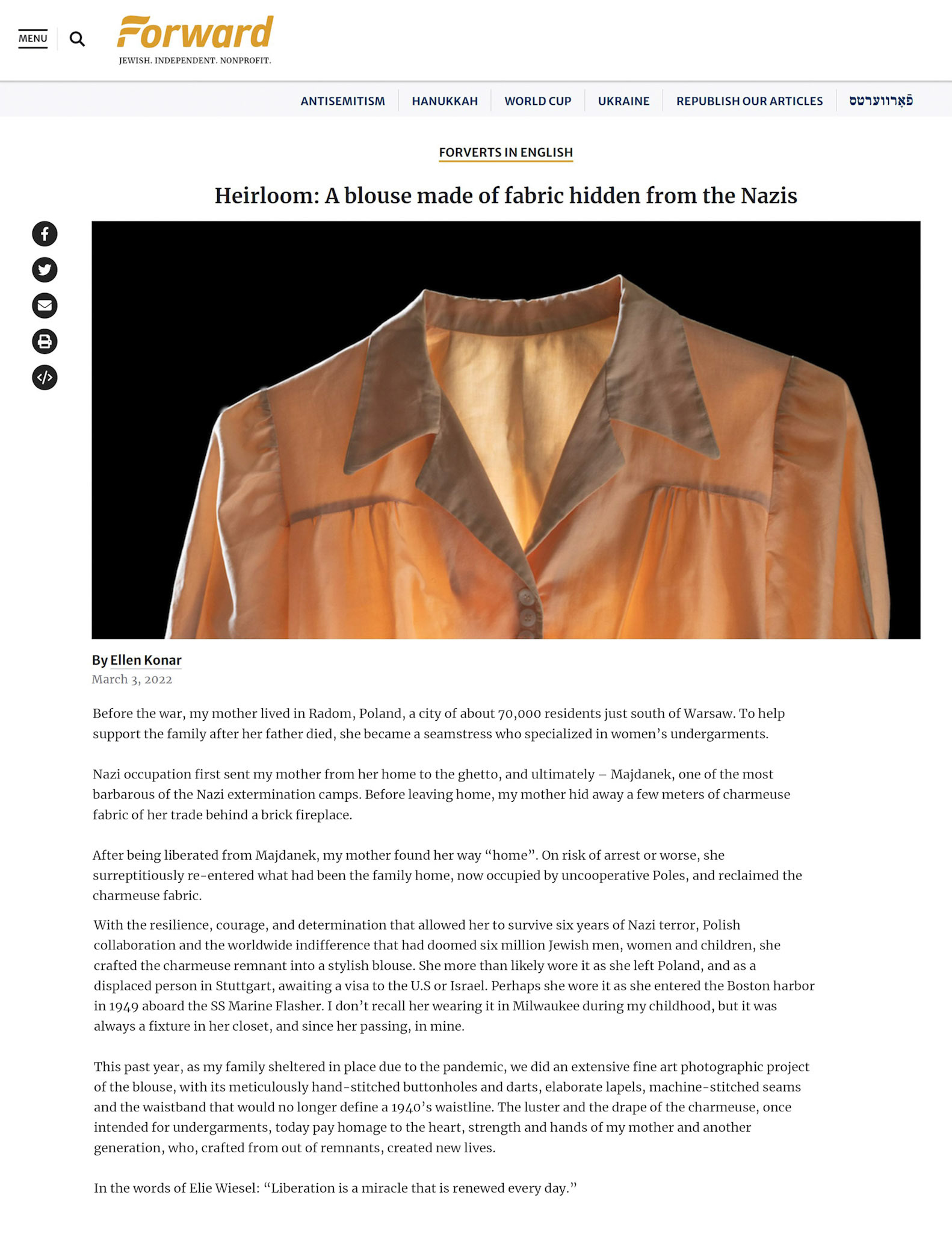
Listen to Ellen describing the story of By Her Hand


